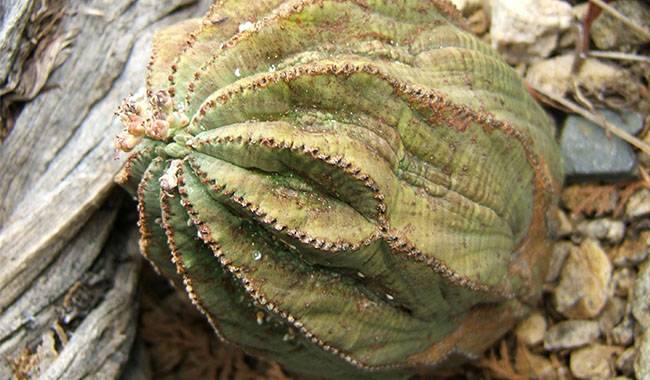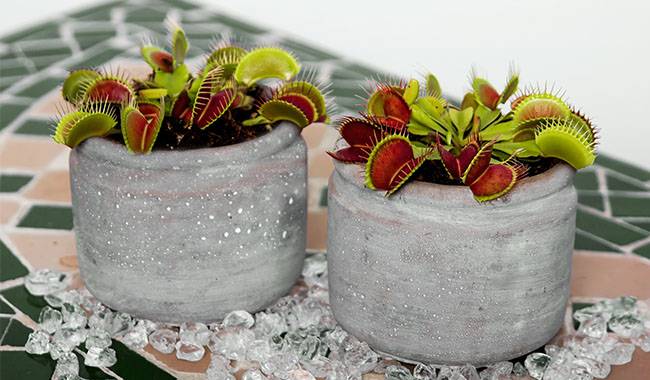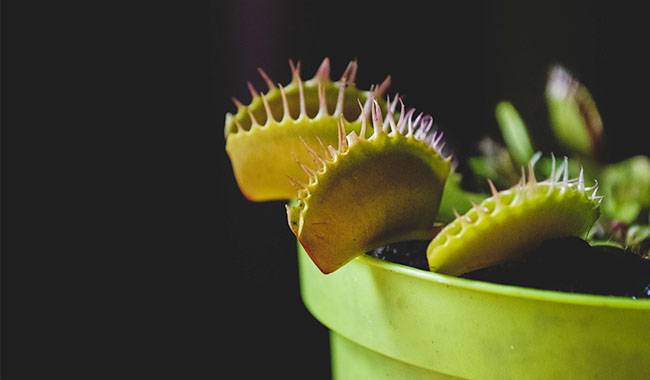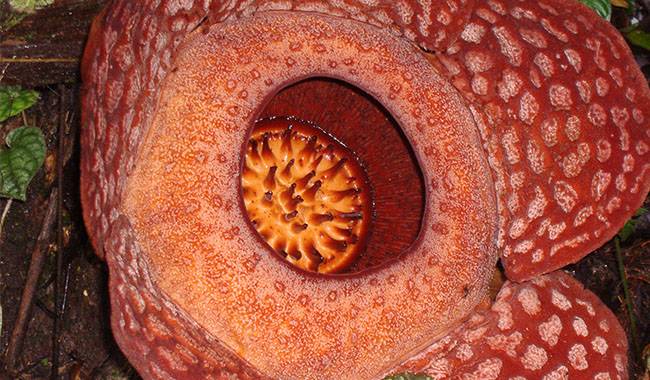
Baseball plant (Euphorbia obesa), also known as Hoang jade, precious gem jade, obesa, is a plant of the genus Euphorbia, native to Cape Province, South Africa. The plant is small spherical, 8-12 cm in diameter. With 8 edges, neat.
There are red-brown criss-cross stripes in the gray-green epidermis, with dense top stripes. There are small brown blunt teeth on the edge.
Dioecious, female plants have relatively flat spheres, male plants have cylindrical stems, and are solitary, never spontaneous. Flowering on the top edge of the sphere, the flowers are very small, yellow-green.
Baseball plants belong to succulent plants. The whole body is green, the sphere is slightly oblate, with a diameter of 8~12 cm. It is solitary and does not produce young balls. The sphere is covered with light-colored horizontal stripes, which look like a cloth pattern.
The name of “Baseball plant” comes from here. Among the Euphorbia species, there are few spherical ones, and the Baseball plant is one of the most standard spherical species
Globularity likes warm and sunny, excessive humidity and darkness will cause brown spots on the lower part of the stem. Cultivation soil requires plain sandy soil with good drainage. In winter, it is best to keep the temperature above 5℃ and keep the potting soil dry.
Appearance characteristics of Baseball plant
Baseball plant is succulent plants. The plant is small spherical, 8-12 cm in diameter, growing as a single plant without producing seed plant balls. The sphere is gray-green with reddish-brown criss-cross stripes, with denser stripes near the top;
There are small brown blunt teeth on the Baseball plant; dioecious plants. Also found in cultivation in the same genus: precious sapphire (E.meloformis), produced in South Africa, spherical, mostly solitary, but can also grow from the base, with carrot-like fleshy roots, the sphere is gray-green or green, with Edges, there are round leaf marks on the ridges;
The top pedicel can survive for a long time and is easy to hybridize with the Baseball plant. Farida (E. valida) is produced in South Africa and is very similar to a precious sapphire, but without carrot-like fleshy roots;
The young plant is spherical, and later grows into a cylindrical shape, 30 cm high and 12 cm in diameter, with young balls growing at the base of the sphere;
The ribs are somewhat spiral; the pedicel is woody and can remain on the top of the ball for several years. It may be a natural hybrid of the Baseball plant and the precious sapphire.
The main value of the Baseball plant
Can be used as ornamental plants. Among the Euphorbia species, there are few spherical ones, and the Baseball plant is one of the most standard spherical species. What’s rarer is that the clear pattern makes it more attractive.
Due to the dioecious plants and the imbalance between male and female plants (much less male plants), the possibility of obtaining seeds in cultivation is very small, so although it has been cultivated in the world for a long time, it is still very rare.
The endangered situation of Baseball plant
Because of the peculiar appearance of the Baseball plant, it is deeply loved by plant collectors, which has also led to a sharp decrease in the number of wild animals.
Therefore, both countries in southern Africa and internationally have issued laws to protect cloth balls in the wild.
In addition, due to the increasing threat to its survival in the original area, artificial cultivation of cloth balls has become more common.
Through large-scale cultivation in greenhouses and botanical gardens, the sale of cloth balls can also be carried out through legal channels.






